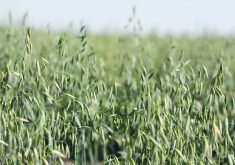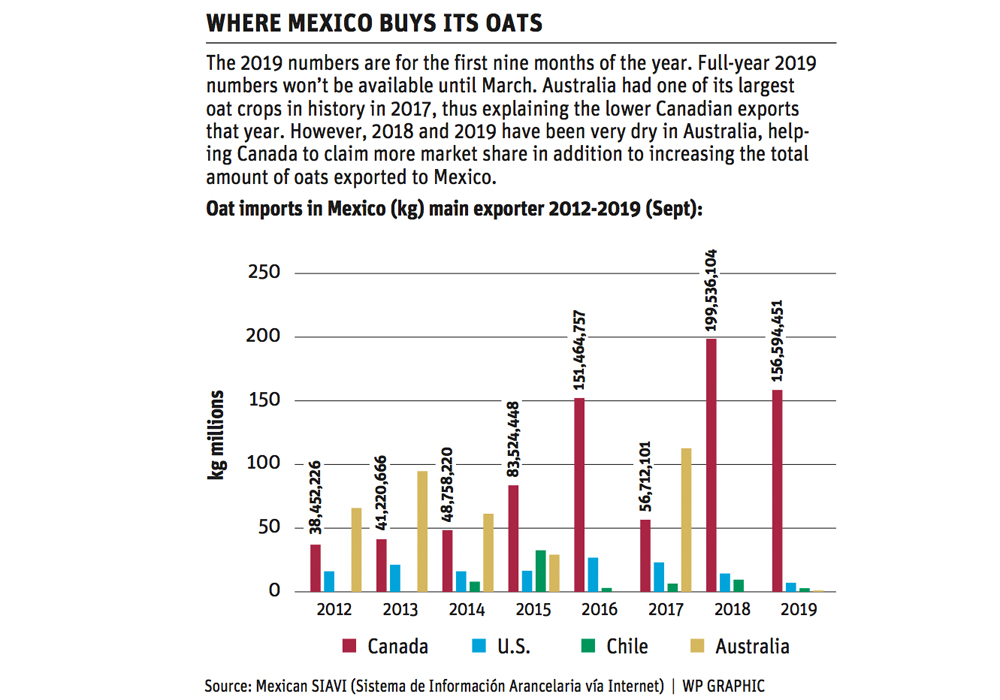North American demand for feed oats is steadily falling.
Chinese demand for food-grade oats is steadily rising.
The question is whether Canada can access the market in China soon enough to prevent the final collapse of the oat empire on the Canadian Prairies.
That’s something Oatinsight analyst Randy Strychar is pondering as he looks at weak prospects for oat prices this winter and poor prospects for oats acres next spring.
“A lot of oats traders don’t understand that a lot of guys make their acreage decisions in the fall,” Strychar said about today’s poor oat prices.
Read Also

Crop quality looks good this year across Prairies
Crop quality looks real good this year, with the exception of durum.
“A spring rally of oats versus wheat might not help.”
The present price weakness has not been caused by demand factors, Strychar said. It is the result of bigger than expected oat production this summer, at least according to Statistics Canada’s forecast in the August crop production report.
Feedgrain consumption of oats as a feedgrain has been declining for a long time, although it increased in the last year.
That increase appears to be the result of weather damaged oats being threshed in the spring and not being good enough for the milling or high-value horse feed markets.
Strychar expects to see horse feed use continue to decline, weakening the overall demand base for North American oats.
Oats are currently worth about 42 percent of spring wheat bushel values, and that’s not enough to encourage oats seeded acres next year.
“You need to be up around 50 percent in order to buy any acres,” said Strychar.
The present spread will make farmers favour spring wheat over oats, and if they cut acreage 10 to 15 percent next year, “you’ve got some major problems.”
Strychar is frustrated that booming Chinese oat demand is not being reflected in North American prices because of Chinese tariffs that keep Canadian oats out of the country.
China has gone from importing about 20,000 tonnes per year to 200,000 in the last five years, and Strychar expects that to double again in the next three years.
China’s health conscious middle class sees oats, in products such as drinks and noodles, as a tasty healthly food.
However, because of different tariff levels, most of the oats going to China come from Australia. Australia has a free trade agreement with China.
Strychar thinks Chinese demand could save the Canadian acreage base from shrinking still further, but the tariff differential needs to be fixed.
The Prairie Oat Growers Association has been working on the issue with the federal government, but progress with the Chinese is always slow.
“It’s been 18 to 20 months for three years now,” Strychar said about the projections of how long it will take to give Canadian oats equal treatment in China.


















